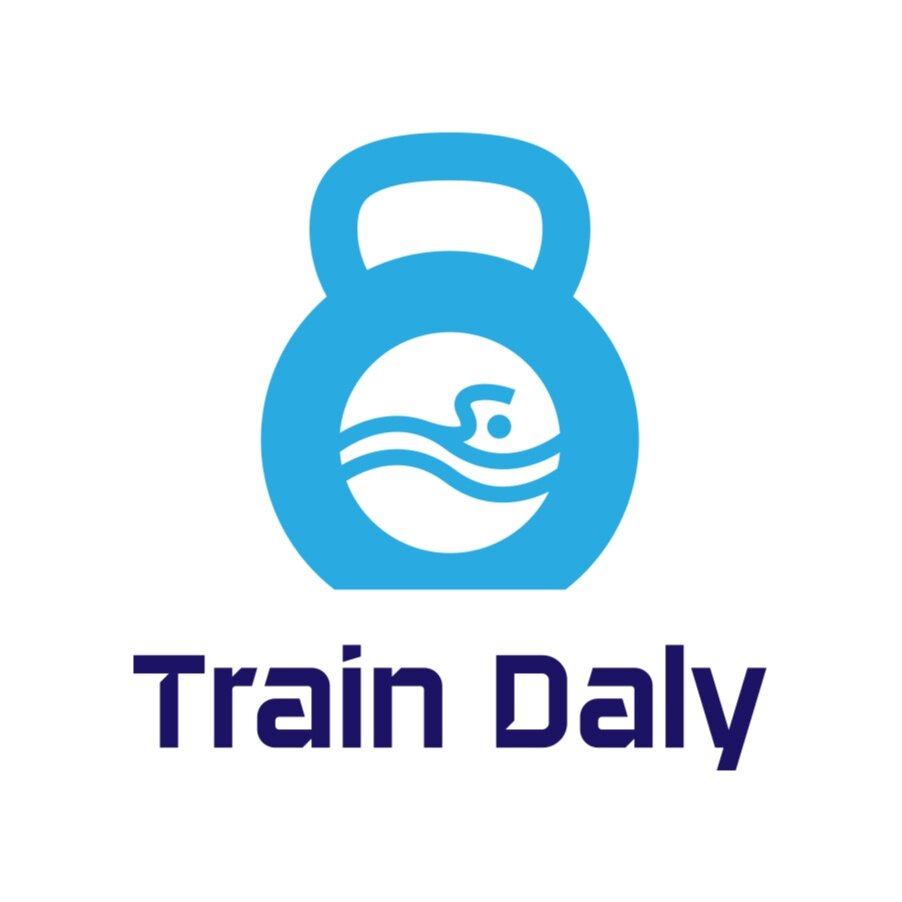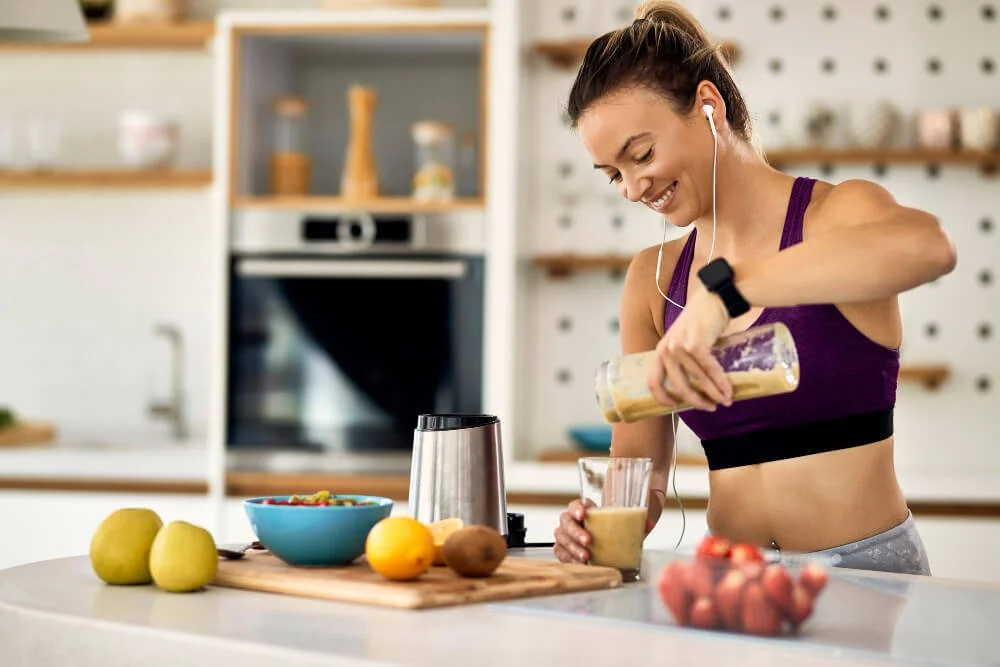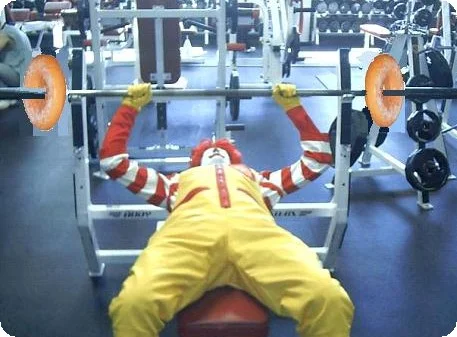Healthy Fats, High Fiber Carbs, Lean Proteins, Heavy Metals??
/Discover the hidden risks in popular protein supplements, including potential heavy metal contamination and high sodium levels. This article explores the pros and cons of protein shakes, answers common questions about the best time to drink them, and highlights the safest choices for lean protein intake. Learn how to balance supplements with whole foods for optimal health and fitness. Stay informed and make smarter choices for your body’s needs. Read the full article to uncover the truth about your protein supplements.
Read More









